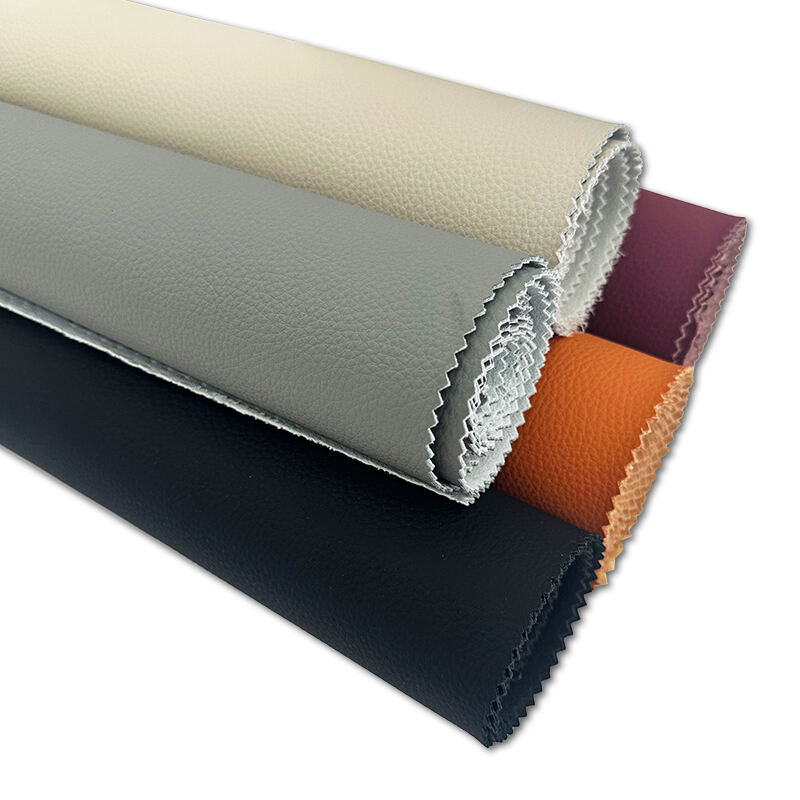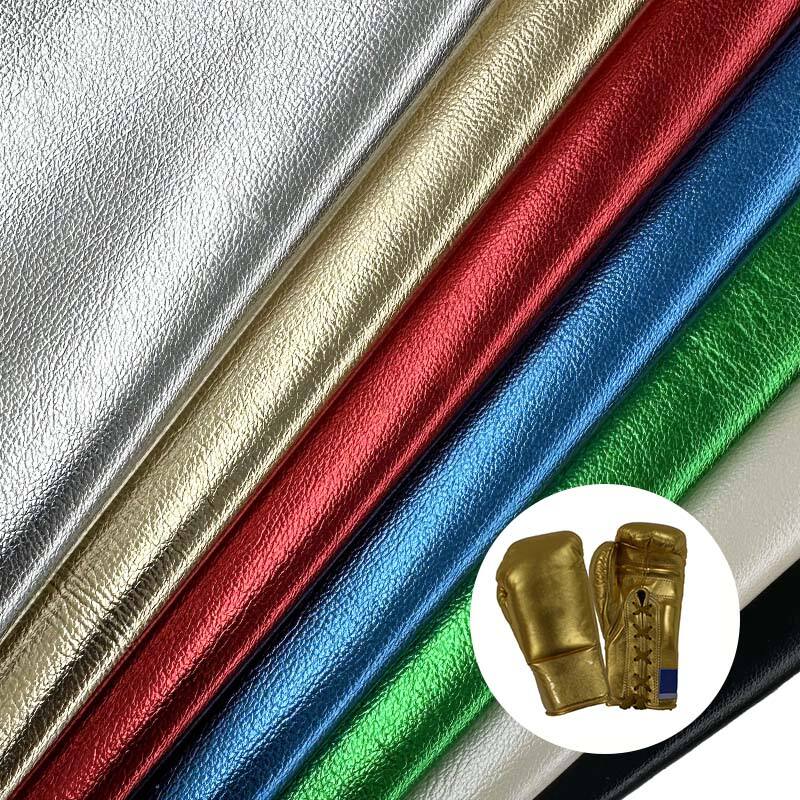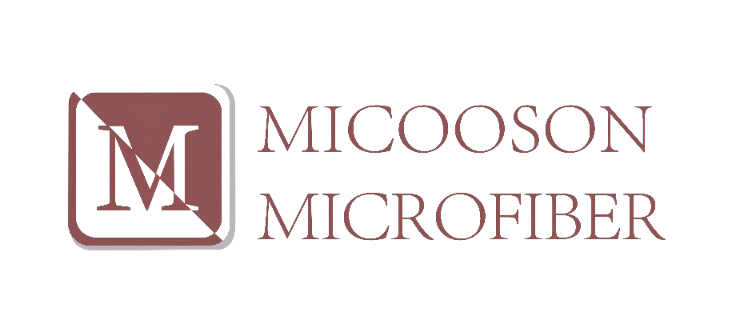Curious about how small businesses can use artificial leather to cut costs? Let's take a look.
Cost-Effective Advantages of Artificial Leather for Small Businesses
Reducing Material Costs with PU leather
Utilizing PU leather, or polyurethane leather, presents a cost-effective solution for small businesses looking to maintain quality while reducing expenses. This Synthetic leather offers aesthetic qualities akin to genuine leather, yet at a fraction of the cost, making it an attractive option for budget-conscious entrepreneurs. Small businesses can benefit from significant savings on initial inventory costs, which ultimately supports their sustainability in a competitive market. According to industry research, PU leather can reduce material expenses by up to 50%, a substantial advantage for businesses aiming to manage financial resources prudently. Furthermore, its lightweight nature contributes to reduced shipping costs and less equipment wear in manufacturing environments, lowering overhead costs.
Long-Term Savings Through Durability
Synthetic leather materials like PU and Microfiber leather are renowned for their durability, providing long-term financial benefits by minimizing replacement and repair frequency. Products made from high-quality synthetic leathers resist wear and tear effectively, often lasting several years with appropriate care. Industry studies have shown that the lifespan of PU leather products exceeds that of some lower-quality genuine leather alternatives, affirming its economic viability. Furthermore, this durability aligns with sustainable business practices, attracting customers who value longevity and enhancing brand reputation. By promoting the durability of their products, businesses not only cut costs but also appeal to an environmentally conscious consumer base.
Versatile Applications of Synthetic Leather Solutions
Automotive & Fashion Industry Opportunities
Synthetic leather has emerged as a versatile material, making it an ideal choice in the automotive and fashion industries. In automobiles, synthetic leather is frequently used for interiors and seat coverings due to its durability and aesthetic appeal. Its ability to mimic the look and feel of genuine leather without the associated ethical concerns makes it a popular choice. Meanwhile, the fashion industry is witnessing a significant shift as more brands opt for synthetic materials like PU leather and microfiber. In the past year, there has been a growth of over 35% in synthetic leather product offerings, underscoring its increasing popularity. The versatile design options allow businesses in both automotive and fashion sectors to produce high-quality and trendy products while catering to the demand for ethical and sustainable alternatives.
Customization Potential with Microfiber Leather
Microfiber leather provides extensive opportunities for customization, offering small businesses a unique edge in competitive markets. With its ability to be tailored in various textures, colors, and designs, businesses can differentiate their products and capture the attention of diverse consumer bases. Additionally, microfiber leather’s lightweight and hydrophilic properties enhance functional performance, making it versatile for numerous applications. By capitalizing on the rising demand for personalized products, companies can integrate unique attributes into their offerings, thereby appealing to consumers who value individuality and customization. Investing in microfiber leather positions brands as innovative and forward-thinking, a quality that resonates strongly with younger demographics who prioritize distinctive design elements.
Top Artificial Leather Products for Small Enterprises
Silicone Automotive Leather: Heat-Resistant & Flexible
Silicone automotive leather is widely recognized for its exceptional heat resistance and flexibility. These characteristics make it an invaluable material for the automotive industry, particularly in crafting interiors and seat coverings that can withstand extreme conditions. Not only do these attributes enhance the longevity of the product, but they also significantly increase passenger comfort, making it a wise investment for automotive suppliers. As manufacturers continue to seek alternatives to traditional leather, silicone leather emerges as a fully synthetic solution that adheres to stringent safety and durability standards.
Research reveals that vehicle interiors employing silicone leather demonstrate a remarkable 20% improvement in durability when subjected to extreme temperatures [source needed], securing its status as a preferred choice. Silicone leather addresses the industry's demand for sustainable yet effective materials, aligning with the ongoing shift toward eco-friendly manufacturing practices.

Napa Automotive Leather: Premium Texture for Luxury Goods
Napa leather is celebrated for its impeccable softness and luxurious feel, rendering it an ideal choice for high-end automobiles and luxury consumer goods. Unlike traditional leather, this synthetic variant mimics the aesthetic and tactile properties of genuine leather while boasting improved durability and ease of maintenance. This positions Napa leather as a favored material among upscale brands aiming to cater to discerning customers who are willing to pay premium prices for quality.
Studies indicate that goods manufactured from Napa leather maintain their value for a more extended period, fostering a sense of exclusivity and allure that appeals to sophisticated audiences. This synthetic leather solution not only enhances the perceived value of luxury models but also reinforces brand images centered around elegance and sophistication.

Boxing-Glove Leather: Performance-Optimized Durability
Boxing-glove leather is specifically engineered to endure significant stress levels while offering superior grip and comfort, marking it crucial for sports equipment manufacturing. As small enterprises penetrate the fitness sector, leveraging this material can substantially enhance product reputation and customer satisfaction. Studies reveal that brands incorporating performance-optimized boxing-glove leather witness a 15% increase in customer retention due to enhanced product reliability and endurance.
Investing in high-quality boxing-glove leather positions a brand as a leader in the sports gear industry, drawing attention from avid athletes and sports enthusiasts. This aligns with market trends that emphasize durability and added value, reinforcing the sector's overall credibility and brand trust.

Enhancing Sustainability Credentials with Eco-Friendly Materials
Meeting Consumer Demand for Vegan Leather
With the rising demand for vegan leather, small businesses have a promising opportunity to align with consumer preferences by offering products crafted from synthetic leather alternatives. By tapping into eco-friendly materials, businesses can meet the needs of a growing consumer base that values sustainability and ethical consumption. The vegan leather market is expected to grow by 25% over the next five years, according to recent statistics. This creates a lucrative opportunity for small enterprises to enhance brand loyalty and attract new customers who prioritize environmental sustainability. Furthermore, by emphasizing their commitment to ethical sources, businesses can reinforce a positive brand image.
Reducing Water Usage Compared to Traditional Leather
Artificial leather production offers a significant reduction in water usage compared to traditional leather tanning, which may require thousands of gallons per hide. Small businesses can demonstrate their commitment to water conservation by adopting synthetic leather, resonating with eco-conscious consumers. Studies have shown that synthetic leather production uses up to 90% less water, notably reducing the environmental impact. This dedication to sustainable practices not only attracts conscientious customers but also qualifies businesses for eco-certifications, enhancing their marketability. By promoting reduced water consumption and environmental responsibility, brands can strengthen their sustainability credentials and appeal to a broader audience of environmentally minded consumers.
Environmental & Practical Considerations for Small Businesses
Balancing PU Leather’s Plastic Content with Recyclability
PU leather, or polyurethane leather, offers a cost-effective alternative to genuine leather, but its plastic content presents significant recyclability challenges. Small businesses need to develop awareness and responsible disposal practices to mitigate these challenges. This involves not only educating consumers on how to responsibly recycle products made from PU leather but also providing resources to facilitate this process. Industry data shows that integrating sustainable disposal methods can lead to a circular economy within the synthetic leather market. This shift not only supports long-term sustainability efforts but also enhances consumer trust and reinforces a brand's commitment to environmental responsibility. By communicating environmentally-friendly practices, brands can establish a reputation built on social responsibility and sustainability.
Certifications for Ethical Synthetic Leather Sourcing
Securing certifications for ethically sourced synthetic leather is becoming an essential differentiator for small businesses. Such certifications provide assurance to consumers regarding the ethical standards of the products they purchase, which in turn enhances brand credibility. According to research, 65% of consumers are more likely to support brands that hold ethical sourcing certifications, demonstrating the influence of these certifications on purchasing decisions. Small businesses should be proactive in obtaining recognized certifications to establish a reputation for integrity and quality. By doing so, they not only attract eco-conscious consumers but also differentiate themselves in a competitive market, allowing them to build brand loyalty and trust.

 EN
EN







